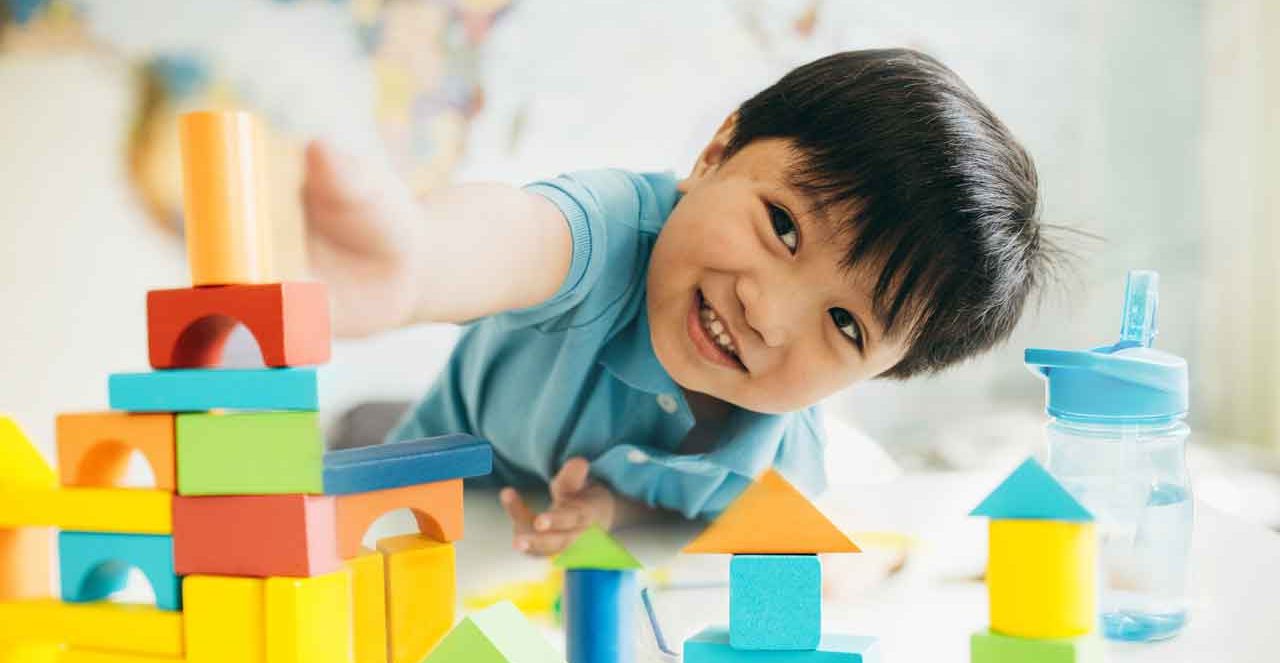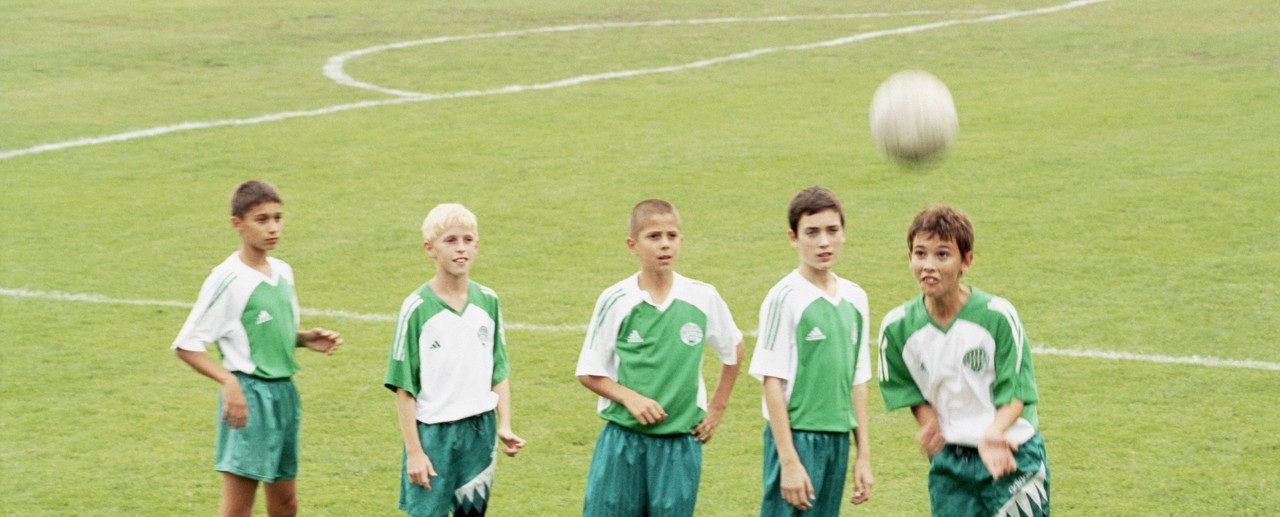February 23, 2018
How to Develop Fine Motor Skills for Toddlers

It’s been said that kindergarten is the new first grade, with a developmentally inappropriate emphasis on formal “academic” skills and a reduction in the types of activities that we know are essential for learning.
If that’s the case … what then about toddlerhood and the preschool period?
In the race to accelerate toddler and child academic development – rather than the empirically supported idea that these early years are foundations for academic readiness, not academics per se – many activities are going by the wayside. You know, things like running, jumping, and playing. Hopefully, more and more of us will recognize that this is simply ridiculous, as toddlers like to do these things because they are wired to do these things. And they are wired to do these things because their development comes from the coordinated activities of both the brain and the body.
But there is more. Experts have known, and said, for years that learning in the early years is best accomplished by hands-on experiences. Kids learn not so much by doing, but rather by trying things, much like a scientist. They like to try to put things together and take things apart. They like to build things and then knock them down. They like to see if two objects go together and what happens if they don’t. They also like to draw, color, and produce all kinds of art.
What are fine motor skills?
When they are doing all these things, they are flexing their emerging fine motor skills. This increasing dexterity is of course important in and of itself. We learn to write letters and numbers; to sketch out ideas; to create and craft; to dissect and build. We may take these skills for granted, but keep in mind that the part of the brain that controls movement coordination is named the “cerebellum,” which is Latin for “little brain.” Indeed.
Fine motor skills development
So if you want to do something good to promote a toddler’s development, give them lots of opportunities to develop their fine motor skills. As an exercise, think about all the natural ways you can do this. Kids love to draw and color (in fact, these kinds of skills promote future academic achievement). They love to do crafts. They love to play with blocks. They love to splash their hands in water. They love to bang on a piano. They love to pretend to cook, and in fact help prepare foods up to their capabilities. They love to … actually, you can start filling in the blanks. Notice all the things they do that both depend on, and develop, their fine motor skills.
And then let them do those things as much as they want.


